Über die Deutsche Alpenstraße
- Vom Erfinden des Steinschlags
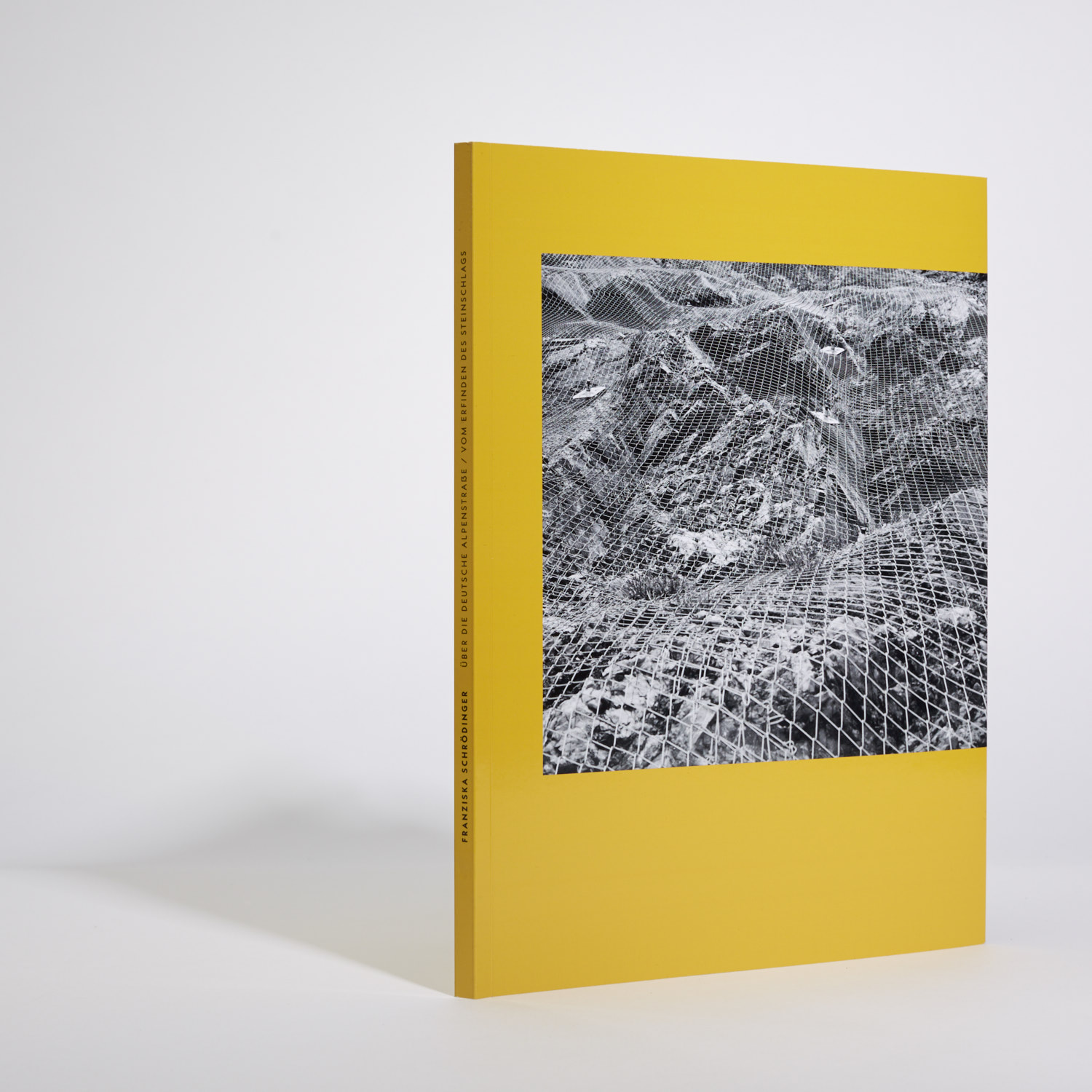


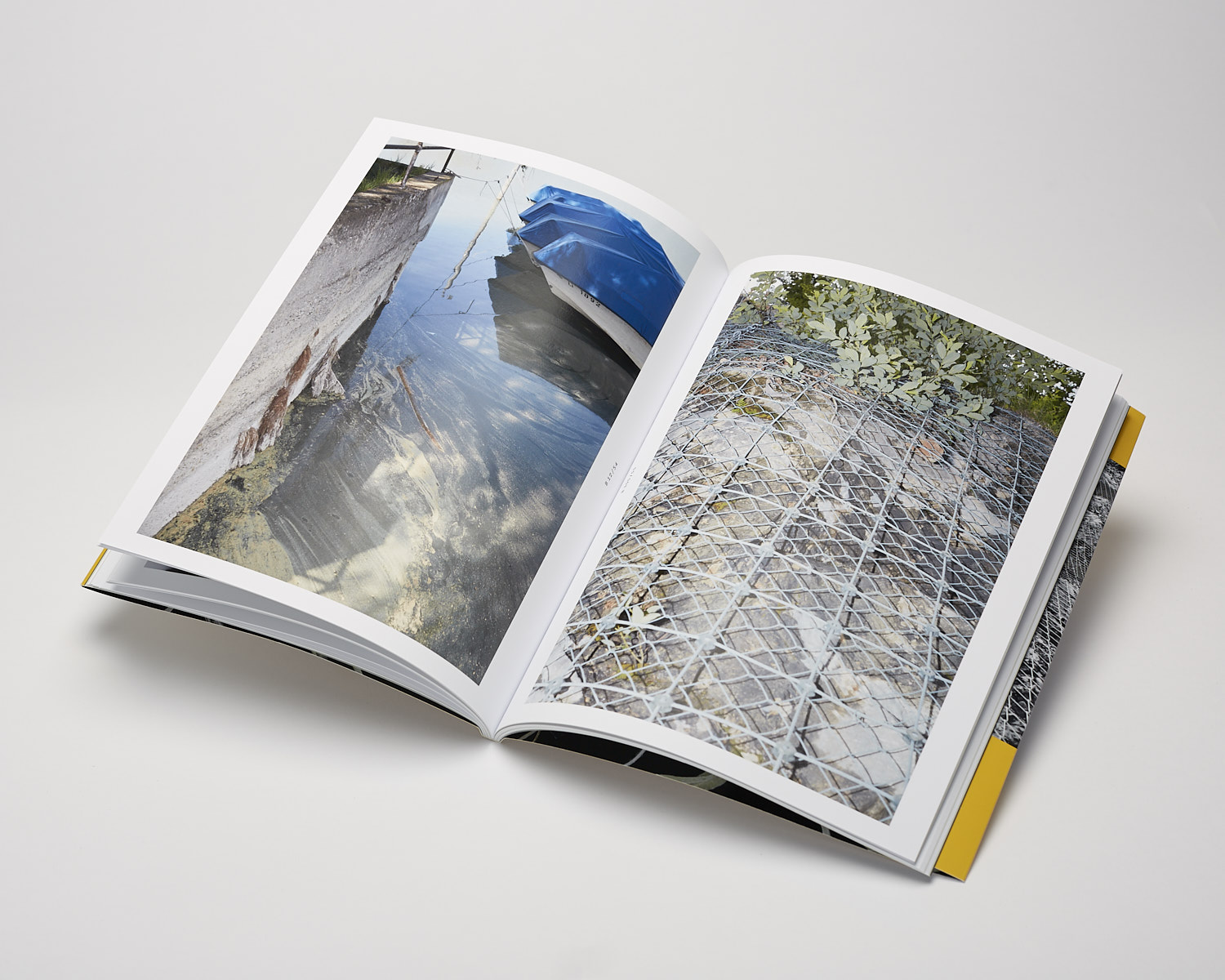



Über die Deutsche Alpenstraße [November 2020]
Book
Edition: 25 (numbered)
20,5x26,5cm
92 pages
49,- € inkl. MwSt/VAT + shipping in GER
Bestellungen/order: mail@franziska-schroedinger.de




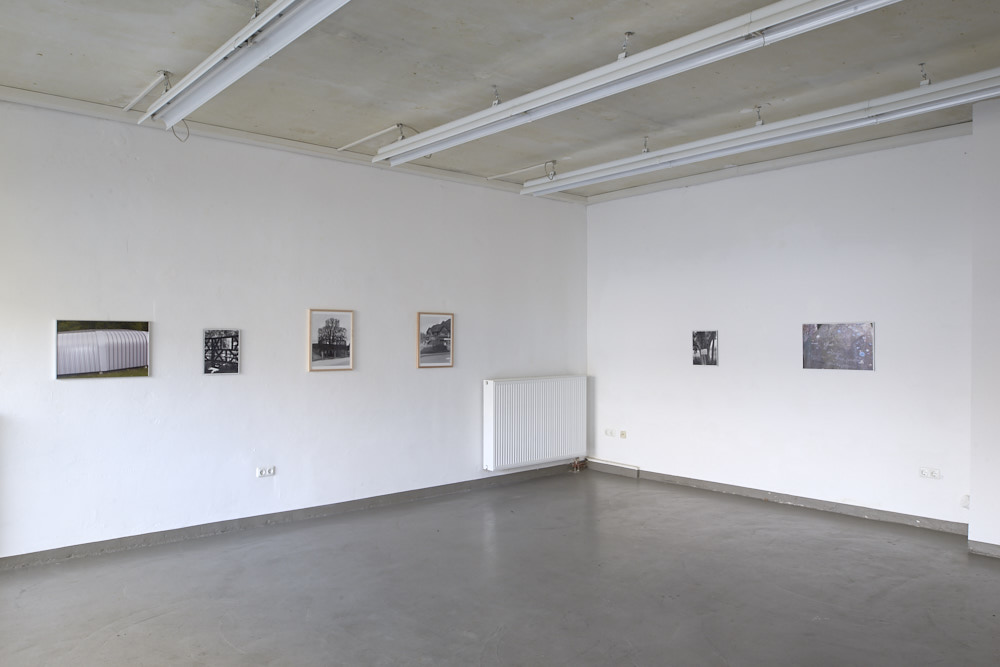



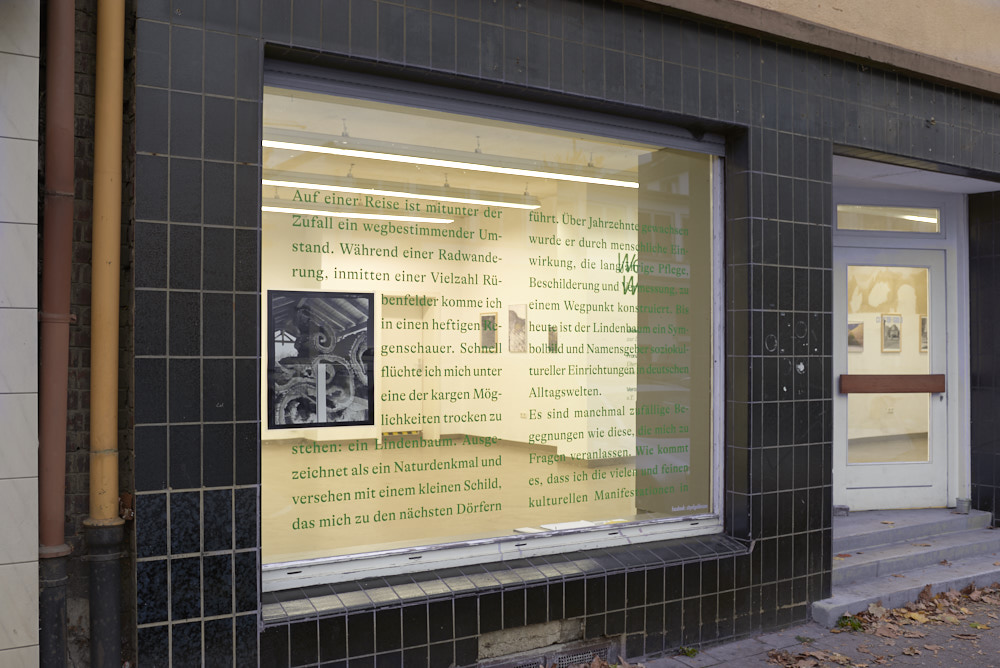


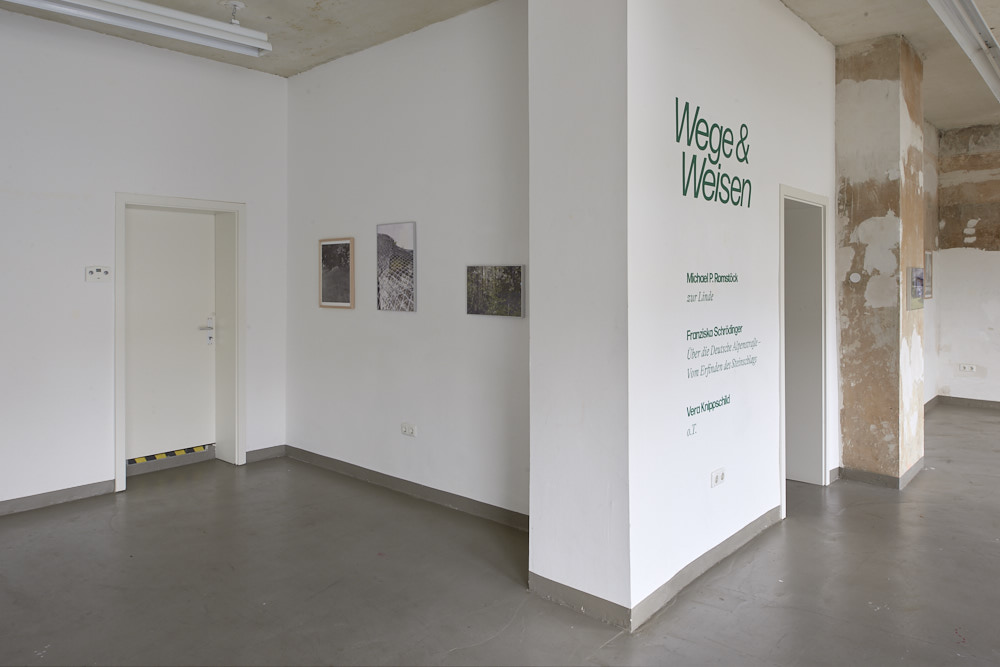




Installationsansichten Master-Prüfung, Folkwang Universität der Künste (11/20, Essen) Installationsansichten, City of Gold, (Essen, 10/20)
Installationsansichten, Folkwang Finale (Essen, 09/21)
Inkjet-Prints, kaschiert & gerahmt [60cm × 40cm & 30cm × 45cm]
exhibitions
previous:
Landmarks & WaypointsGalerie Fotografic, (Prague CZ, 05-06/22)
Super Books Haus der Kunst (München, 11/21)
Wege & Weisen City of Gold (Essen, 10/20)
Folkwang Finale Saana-Gebäude, (Essen, 09-10/21)
Das Urbane im Peripheren - EAP 2021 Deutsches Architekturmuseum,(Frankfurt a.M., 07-09/21) Link zur Preisverleihung (youtube 25:03 min)︎︎︎
[english below]
Die Arbeit „Über die Deutsche Alpenstraße“ widmet sich der 484 km langen Ferienstraße, die nördlich der Alpen durch das Allgäu und das bayerische Oberland führt. Von diesem Schauplatz aus startet eine intensive Auseinandersetzung mit der Region und mit den Mechanismen des Landschaftsbildes. Der Ausgangspunkt der dokumentarisch-basierten Bilder ist der Umgang mit der Natur, sowie die visuelle Darlegung von Spuren verschiedener Grade des kontrollierenden Eingriffs.
Motivisch widmet sich die Arbeit vordergründig Kunststoffen und Metallverbauungen – Elemente, die in ihren pragmatischen Schutzfunktionen oftmals als visuelle Störung empfunden werden. Bildlich triggert Schrödinger Vorstellungen von Landschaftsbildern, um diese dann zu brechen. Dieser Bruch speist sich aus einer flachen Bildwirkung, die sich aus künstlichem Licht, der regionalen Topografie, aber auch fotografischen Mitteln wie Anschnitt und Perspektive ergibt. Auch einer zeitlosen, kontemplativen Atmosphäre von Naturbetrachtung verweigert sich die Arbeit.
Der lakonisch bis humorvolle Blick arbeitet sich inhaltlich an Themen wie Landwirtschaft, Wintersport oder Industrie ab. Viele große Ereignisse deutscher Geschichte spiegeln sich in der Voralpenregion: Vom Übergang der bäuerlichen Landwirtschaft zur Industriegesellschaft, vom Nazi-Propaganda-Bild (wie im Garmischer Olympiastadion) bis zum Wirtschaftswunder. Die letzten Beiden spiegeln sich besonders an der Deutschen Alpenstraße. Denn sie wurde in den 1930er-Jahren ausgebaut und auf ihr wurde ab den 50er-Jahren der neue Luxus der Individual-Mobilität zelebriert.
Das Bedrohungsverhältnis Mensch – Natur, hat sich mit dem Eintritt ins Anthropozän umgekehrt. Im sensiblen Lebensraum der Alpen schreitet der Klimawandel doppelt so schnell voran als im globalen Durchschnitt. Kann man dort auch Spuren finden, um unsere Gegenwart zu verstehen? Wird die basale Frage nach Wasser und bröckelnden Bergen – neben KI und Pandemie - eine Frage unsere Zeit gewesen sein?
The work "About the German Alpine Road" is dealing with the 484 km long vacation road that runs north of the Alps through the Allgäu and the Bavarian Oberland. From this setting starts an intensive examination of the region and the mechanisms of landscape pictures. The starting point of the documentary-based images is the treatment of nature, as well as the visual presentation of traces of various degrees of controlling intervention.
In terms of motifs, the work foremost addresses plastic and metal obstructions - elements that, in their pragmatic protective functions, are often perceived as a visual distraction. Image-wise, Schrödinger triggers notions of landscape images, in order to then break them. This break feeds on a flat visual effect that results from artificial light, regional topography, but also photographic means such as cropping and perspective. The work also refuses a timeless atmosphere of contemplation of nature.
The laconic to humorous gaze works its way through the content of topics such as agriculture, winter sports or industry. Many major events of German history are reflected in the pre-Alpine region: from the transition of peasant agriculture to industrial society, from the Nazi propaganda image (as in the Garmisch Olympic Stadium) to the 'economic miracle' of the 50s. The last two are particularly reflected in the German Alpine Road. It was extended in the 1930s and the new luxury of individual mobility was celebrated on it from the 1950s.
The threatening relationship between man and nature has been reversed with the onset of the Anthropocene. In the sensitive habitat of the Alps, climate change is progressing twice as fast as the global average. Is it possible to find traces there to understand our present? Will the basic question of water and crumbling mountains - along with AI and pandemics - have been a question of our time?
Die Arbeit „Über die Deutsche Alpenstraße“ widmet sich der 484 km langen Ferienstraße, die nördlich der Alpen durch das Allgäu und das bayerische Oberland führt. Von diesem Schauplatz aus startet eine intensive Auseinandersetzung mit der Region und mit den Mechanismen des Landschaftsbildes. Der Ausgangspunkt der dokumentarisch-basierten Bilder ist der Umgang mit der Natur, sowie die visuelle Darlegung von Spuren verschiedener Grade des kontrollierenden Eingriffs.
Motivisch widmet sich die Arbeit vordergründig Kunststoffen und Metallverbauungen – Elemente, die in ihren pragmatischen Schutzfunktionen oftmals als visuelle Störung empfunden werden. Bildlich triggert Schrödinger Vorstellungen von Landschaftsbildern, um diese dann zu brechen. Dieser Bruch speist sich aus einer flachen Bildwirkung, die sich aus künstlichem Licht, der regionalen Topografie, aber auch fotografischen Mitteln wie Anschnitt und Perspektive ergibt. Auch einer zeitlosen, kontemplativen Atmosphäre von Naturbetrachtung verweigert sich die Arbeit.
Der lakonisch bis humorvolle Blick arbeitet sich inhaltlich an Themen wie Landwirtschaft, Wintersport oder Industrie ab. Viele große Ereignisse deutscher Geschichte spiegeln sich in der Voralpenregion: Vom Übergang der bäuerlichen Landwirtschaft zur Industriegesellschaft, vom Nazi-Propaganda-Bild (wie im Garmischer Olympiastadion) bis zum Wirtschaftswunder. Die letzten Beiden spiegeln sich besonders an der Deutschen Alpenstraße. Denn sie wurde in den 1930er-Jahren ausgebaut und auf ihr wurde ab den 50er-Jahren der neue Luxus der Individual-Mobilität zelebriert.
Das Bedrohungsverhältnis Mensch – Natur, hat sich mit dem Eintritt ins Anthropozän umgekehrt. Im sensiblen Lebensraum der Alpen schreitet der Klimawandel doppelt so schnell voran als im globalen Durchschnitt. Kann man dort auch Spuren finden, um unsere Gegenwart zu verstehen? Wird die basale Frage nach Wasser und bröckelnden Bergen – neben KI und Pandemie - eine Frage unsere Zeit gewesen sein?
The work "About the German Alpine Road" is dealing with the 484 km long vacation road that runs north of the Alps through the Allgäu and the Bavarian Oberland. From this setting starts an intensive examination of the region and the mechanisms of landscape pictures. The starting point of the documentary-based images is the treatment of nature, as well as the visual presentation of traces of various degrees of controlling intervention.
In terms of motifs, the work foremost addresses plastic and metal obstructions - elements that, in their pragmatic protective functions, are often perceived as a visual distraction. Image-wise, Schrödinger triggers notions of landscape images, in order to then break them. This break feeds on a flat visual effect that results from artificial light, regional topography, but also photographic means such as cropping and perspective. The work also refuses a timeless atmosphere of contemplation of nature.
The laconic to humorous gaze works its way through the content of topics such as agriculture, winter sports or industry. Many major events of German history are reflected in the pre-Alpine region: from the transition of peasant agriculture to industrial society, from the Nazi propaganda image (as in the Garmisch Olympic Stadium) to the 'economic miracle' of the 50s. The last two are particularly reflected in the German Alpine Road. It was extended in the 1930s and the new luxury of individual mobility was celebrated on it from the 1950s.
The threatening relationship between man and nature has been reversed with the onset of the Anthropocene. In the sensitive habitat of the Alps, climate change is progressing twice as fast as the global average. Is it possible to find traces there to understand our present? Will the basic question of water and crumbling mountains - along with AI and pandemics - have been a question of our time?